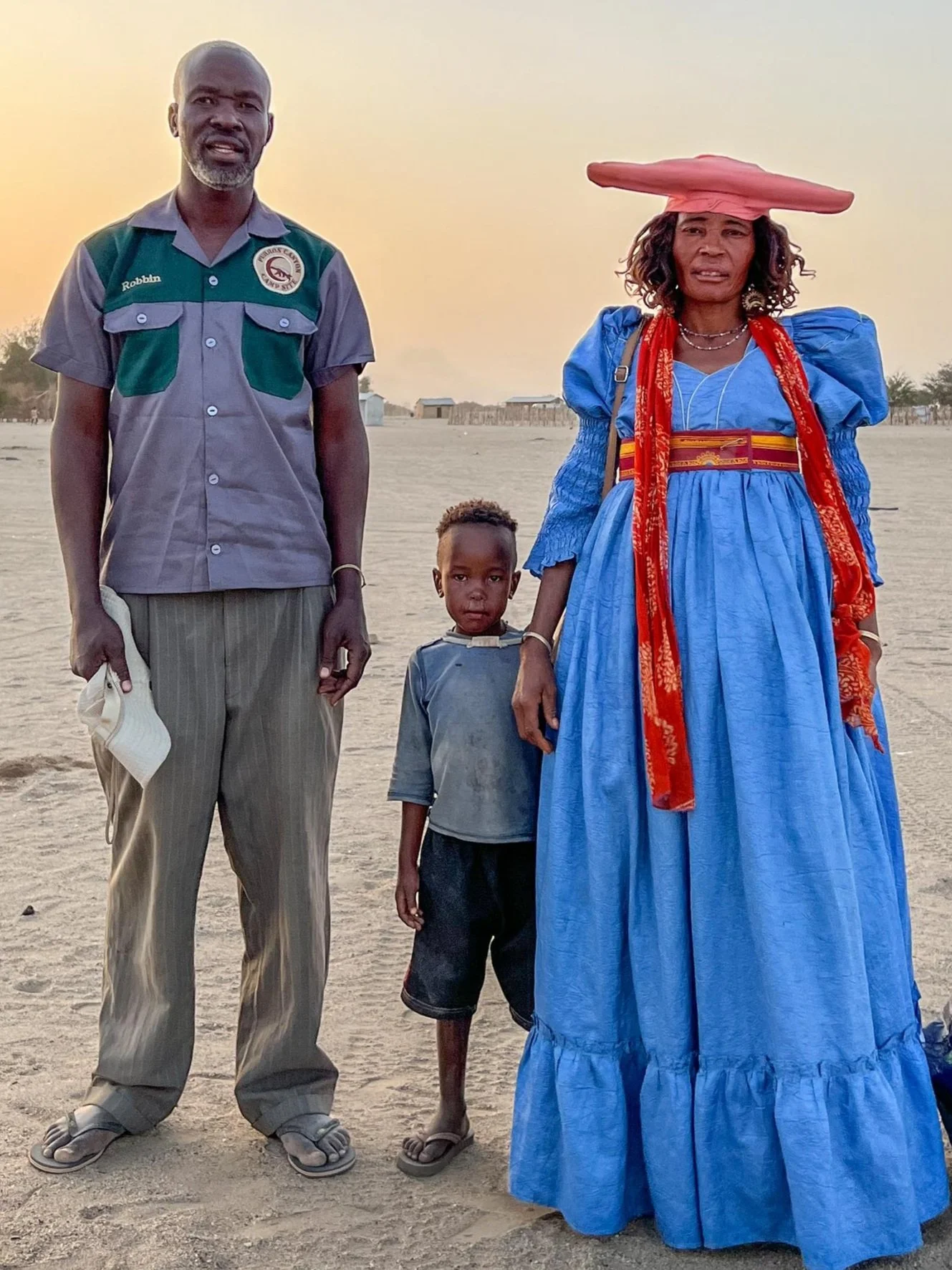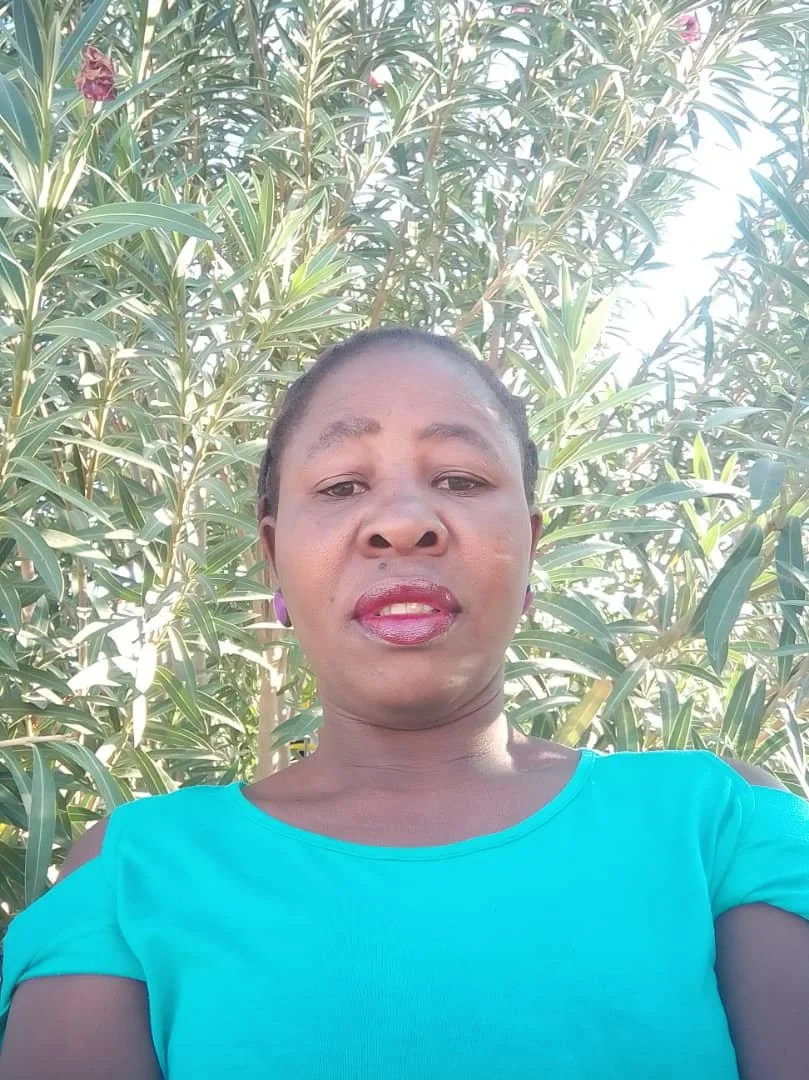







Himbaland indigenous conservation was created by Himba community members in Purros Namibia. The purpose of HIC is to address development needs in Northwest Namibia and strengthen linkages between conservation of desert wildlife and community sustainability.
The Himba people have thrived for over 500 years in the Namib, one of the world’s oldest deserts and one of Africa’s last great wildernesses. The Himba are semi-nomadic herders. They share this landscape with rare populations of desert elephants, lions and rhinos. Climate disruption has resulted in even less water in the notoriously dry Namib. Grazing has become much more challenging. We know from climate models this challenge will only grow.
Desert elephant, lion and rhino will not survive in this region without Himba support. The Himba must experience the direct benefits of the thriving wildlife in their communities. HIC initiates programs that build community resiliency and strengthen support for wildlife conservation.
Climate scientists predict temperatures to increase and annual precipitation to decrease in Namibia. In an already extremely arid region, this will place additional pressure on human communities and wildlife populations. A 2022 study from Desert Elephant Conservation illustrates the critical situation in the region. It reported that between 2018 and the end of 2022 the desert elephant population in the Hoarusib river valley went from 16 to 9 (Brown and Ramey, 2022). Without additional support for human communities it is likely they will turn to poaching as the pressure mounts. HIC has a three fold strategy to support humans and wildlife in the region.
HIC concentrates efforts in the following three areas:
Community Based Agriculture:
HIC will support the drilling of a bore hole for irrigation and elephant proof fencing for a community plot. Arid land agricultural experts will advise and educate community on techniques for soil fertility, seed saving, crop selection and rotations. HIC will also support the development and construction of a community education center.
Wildlife Conservation Monitoring and Education:
HIC will Assist in developing training programs for wildlife guides, monitors and educators. HIC will support this effort with the development of an education center and technical resources.
Sustainable Tourism Development and refuse management:
HIC will assist in expanding its capacity for hosting sustainable tourism in the purros Region. In addition, HIC will support the development and implementation of a refuse management program.
HIC believes community based conservation is the key to long-term sustainability for both indigenous communities and wildlife. We are beginning in the Purros Conservancy with the ultimate goal of scaling to additional conservancies of Namibia’s North-West.
Meet the Team









